Comet API Blog
The CometAPI Blog shares practical guides and updates on mainstream
AI models to help developers get started quickly and integrate them efficiently.
How to Extract Text from Image Using GPT-image-1?
In recent weeks, OpenAI’s release of the GPT-image-1 model has catalyzed rapid innovation across the AI landscape, empowering developers and creators with unprecedented multimodal capabilities. From broad API availability to integrations with leading design platforms, the buzz around GPT-image-1 underscores its dual prowess in image generation and, crucially, in extracting text from within images. This […]
What is Ideogram 3.0? All You Need to Know
Ideogram 3.0 represents a major milestone in the evolution of text‑to‑image generation, encapsulating years of research into a single, powerful model that blends photorealism, stylistic versatility, and remarkably accurate text rendering. In this article, we survey the latest developments surrounding Ideogram 3.0, unpack its core capabilities, examine how it builds on earlier releases, explore its […]
Gemini 2.5 Pro I/O: Function Detailed Explanation
Gemini 2.5 Pro I/O Edition represents a landmark update to Google DeepMind’s flagship AI model, delivering unmatched coding prowess, expanded input/output capabilities, and refined developer workflows. Released early ahead of Google I/O 2025, this preview edition elevates frontend and UI development by securing the top spot on the WebDev Arena Leaderboard, achieves state-of-the-art video understanding, […]
Ideogram 3.0 vs GPT-image-1: Which is Better
Both Ideogram 3.0 and GPT-Image-1 represent cutting-edge image generation models, released in March and April 2025 respectively, each pushing the boundaries of AI-driven visual content creation. Ideogram 3.0 emphasizes photorealism, advanced text rendering, and prompt alignment, while GPT-Image-1 focuses on versatile image generation and editing within major design platforms like CometAPI , Figma, and Adobe’s […]
Google Unveils Gemini 2.5 Pro I/O: What it changed
Google Unveils Gemini 2.5 Pro I/O Edition (model name: gemini-2.5-pro-preview-05-06) with Enhanced Coding and Web Development Capabilities Google has launched the Gemini 2.5 Pro Preview (I/O edition), an upgraded version of its flagship AI model, ahead of the annual I/O developer conference. This release introduces significant improvements in coding performance and web application development, positioning […]
Suno 4.5 Update: What it is & How to Use It
Artificial intelligence–driven music generation has surged over the past two years, with Suno AI positioning itself at the forefront of this revolution. On May 1, 2025, Suno released its latest iteration, version 4.5, bringing a host of enhancements designed to make AI music creation more expressive, intuitive, and powerful than ever before. This article explores the […]
Midjourney 7 vs GPT‑Image‑1: What’s the Difference?
Midjourney version 7 and GPT‑Image‑1 represent two of the most advanced approaches to AI-driven image generation today. Each brings its own strengths and design philosophies to bear on the challenge of converting text (and, in GPT‑Image‑1’s case, images) into high‑quality visual outputs. In this in‑depth comparison, we explore their origins, architectures, performance characteristics, workflows, pricing models, […]
How to Use Omni-Reference in Midjourney V7? Usage Guide
Midjourney’s Version 7 (V7) has ushered in a transformative feature for creators: Omni‑Reference. Launched on May 3, 2025, this new tool empowers you to lock in specific visual elements—whether characters, objects, or creatures—from a single reference image and seamlessly blend them into your AI‑generated artwork . This article combines the latest official updates and community insights to guide […]
How GPT-Image‑1 Works: A Deep Dive
GPT-Image‑1 represents a significant milestone in the evolution of multimodal AI, combining advanced natural language understanding with robust image generation and editing capabilities. Unveiled by OpenAI in late April 2025, it empowers developers and creators to produce, manipulate, and refine visual content through simple text prompts or image inputs. This article dives deep into how […]
How to Use Sora by OpenAI? A Complete Tutorial
Sora, OpenAI’s state-of-the-art text-to-video generation model, has rapidly advanced since its unveiling, combining powerful diffusion techniques with multimodal inputs to create compelling video content. Drawing on the latest developments—from its public launch to on-device adaptations—this article provides a comprehensive, step-by-step guide to harnessing Sora for video generation. Throughout, we address key questions about Sora’s capabilities, […]
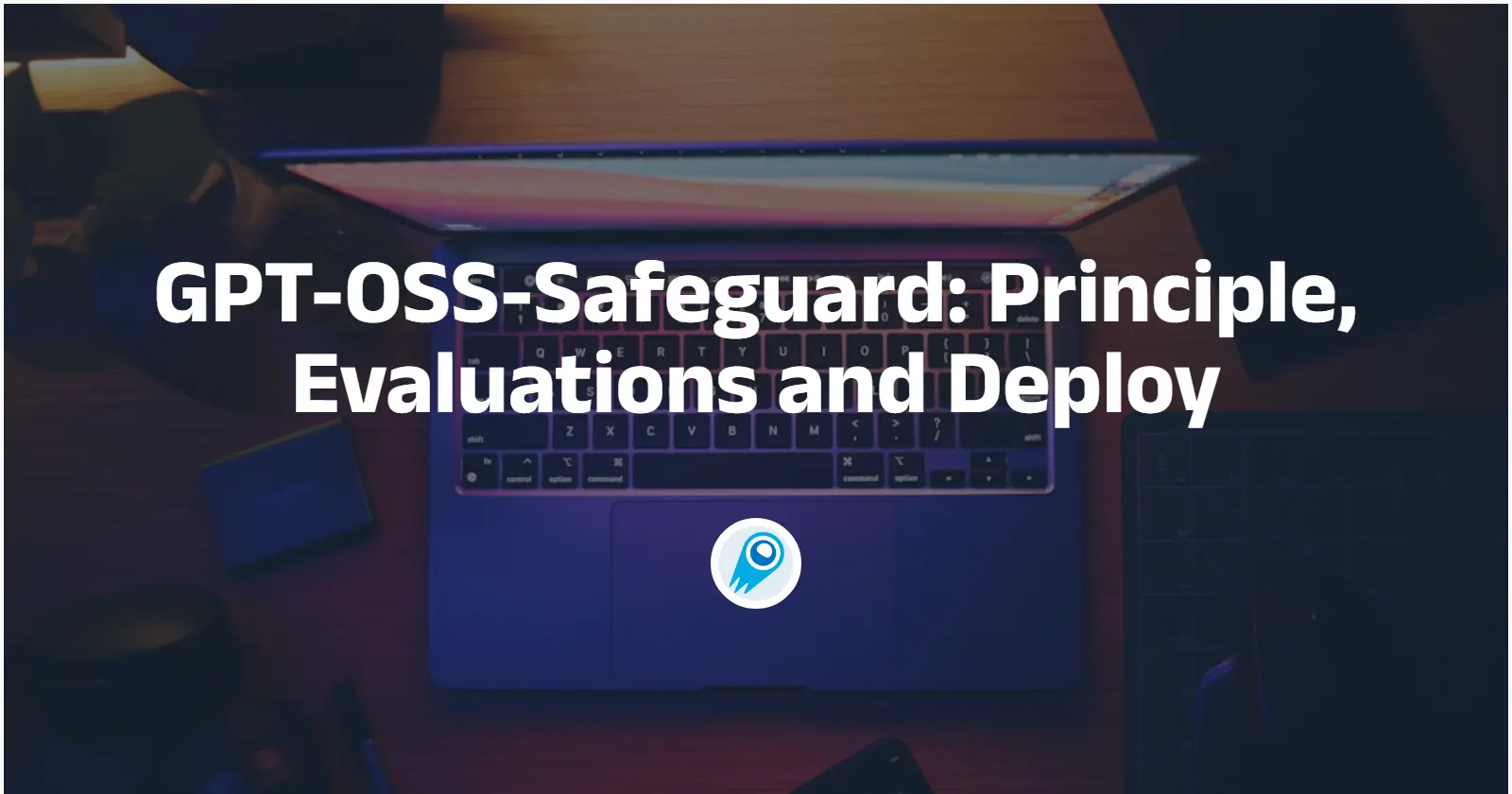
GPT-OSS-Safeguard: Principle, Evaluations and Deploy
OpenAI published a research preview of gpt-oss-safeguard, an open-weight inference model family engineered to let developers enforce their own safety policies at inference time. Rather […]
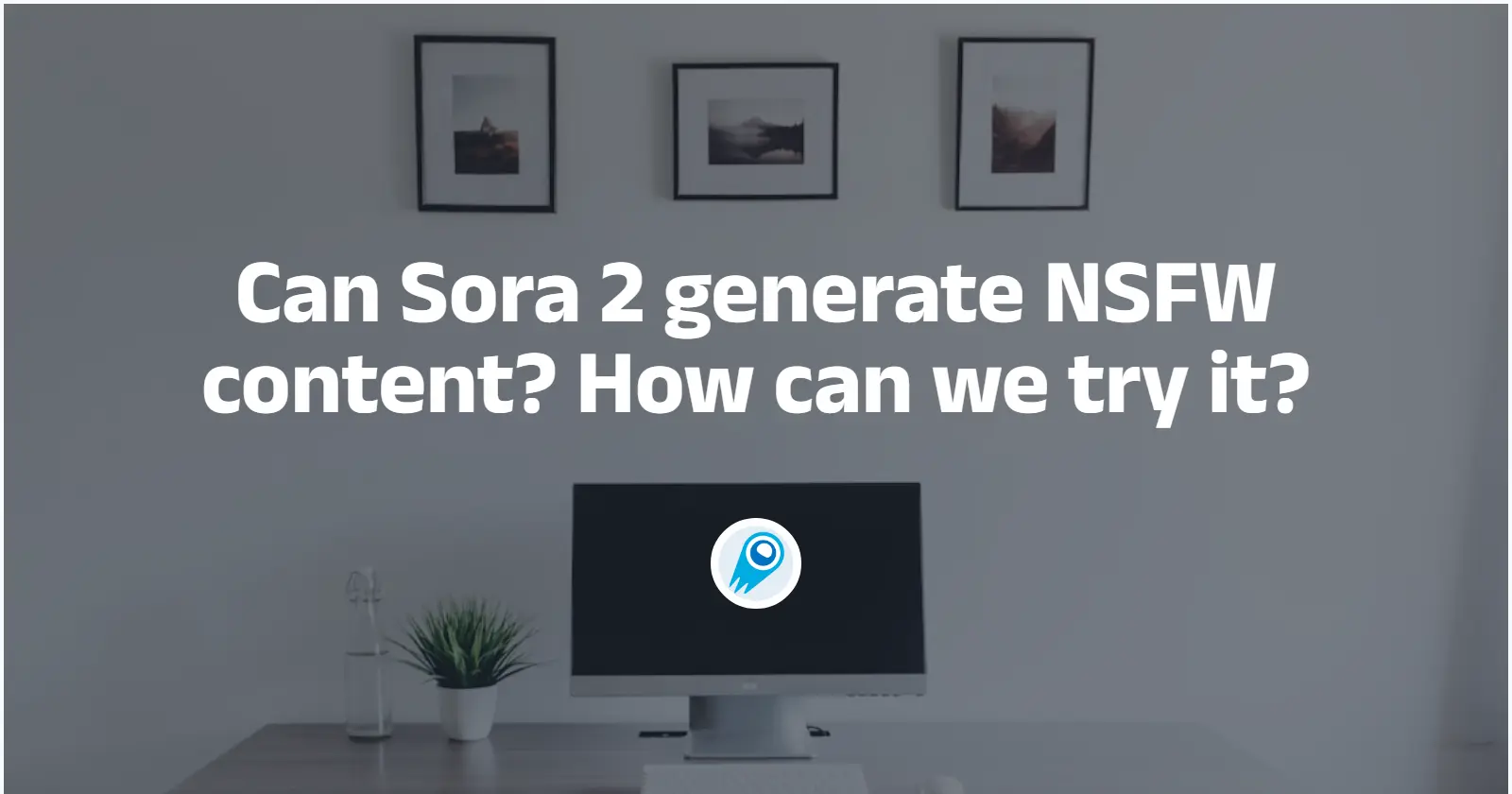
Can Sora 2 generate NSFW content? How can we try it?
In the rapidly evolving landscape of artificial intelligence, OpenAI’s release of Sora 2 on September 30, 2025, marked a significant milestone in video generation technology. […]
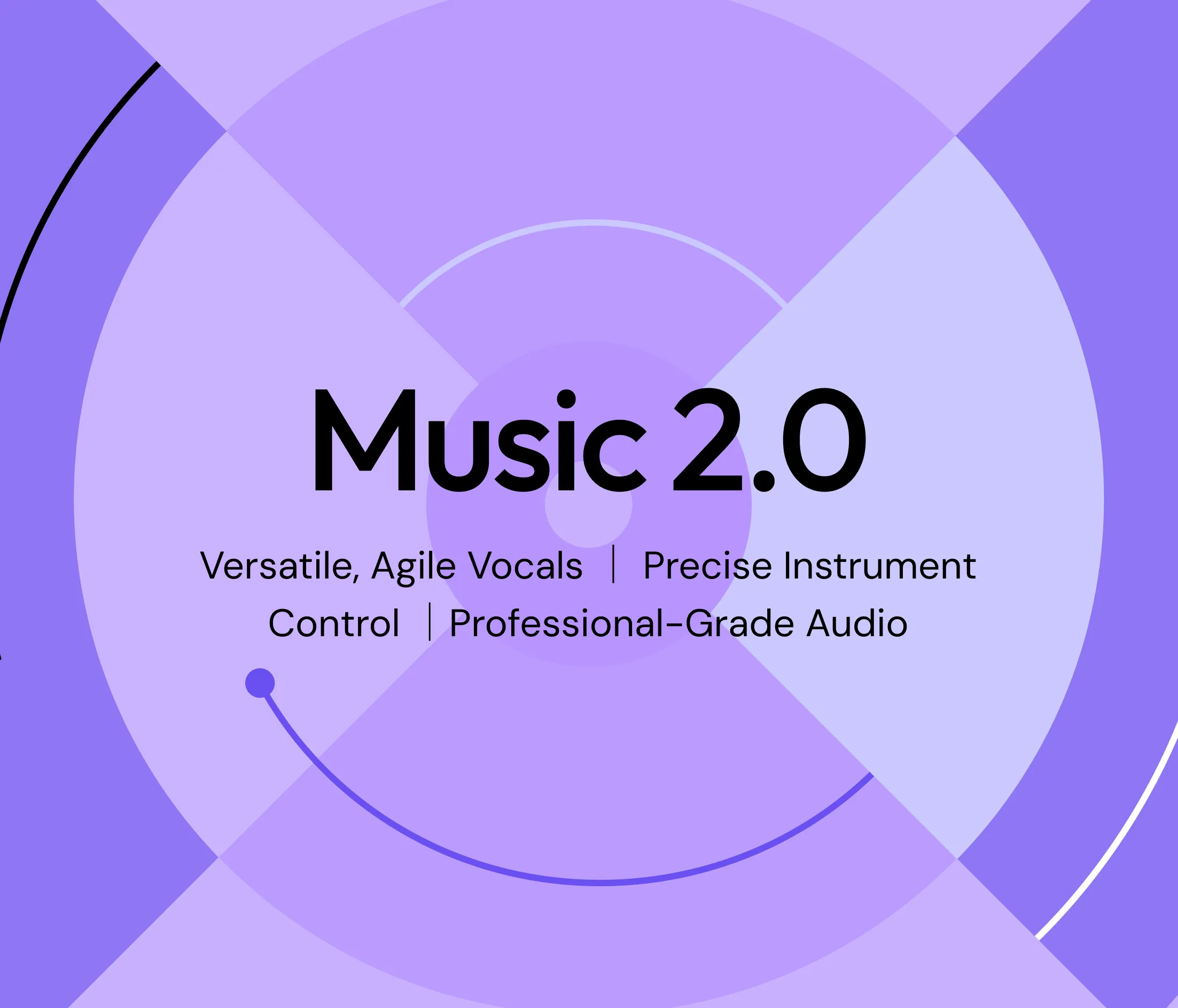
MiniMax Music 2.0: what does it mean for AI music and Compare to Suno and udio
MiniMax — the Chinese AI lab (also known under product lines like Hailuo / MiniMax AI) — has quietly but decisively stepped into the thick […]
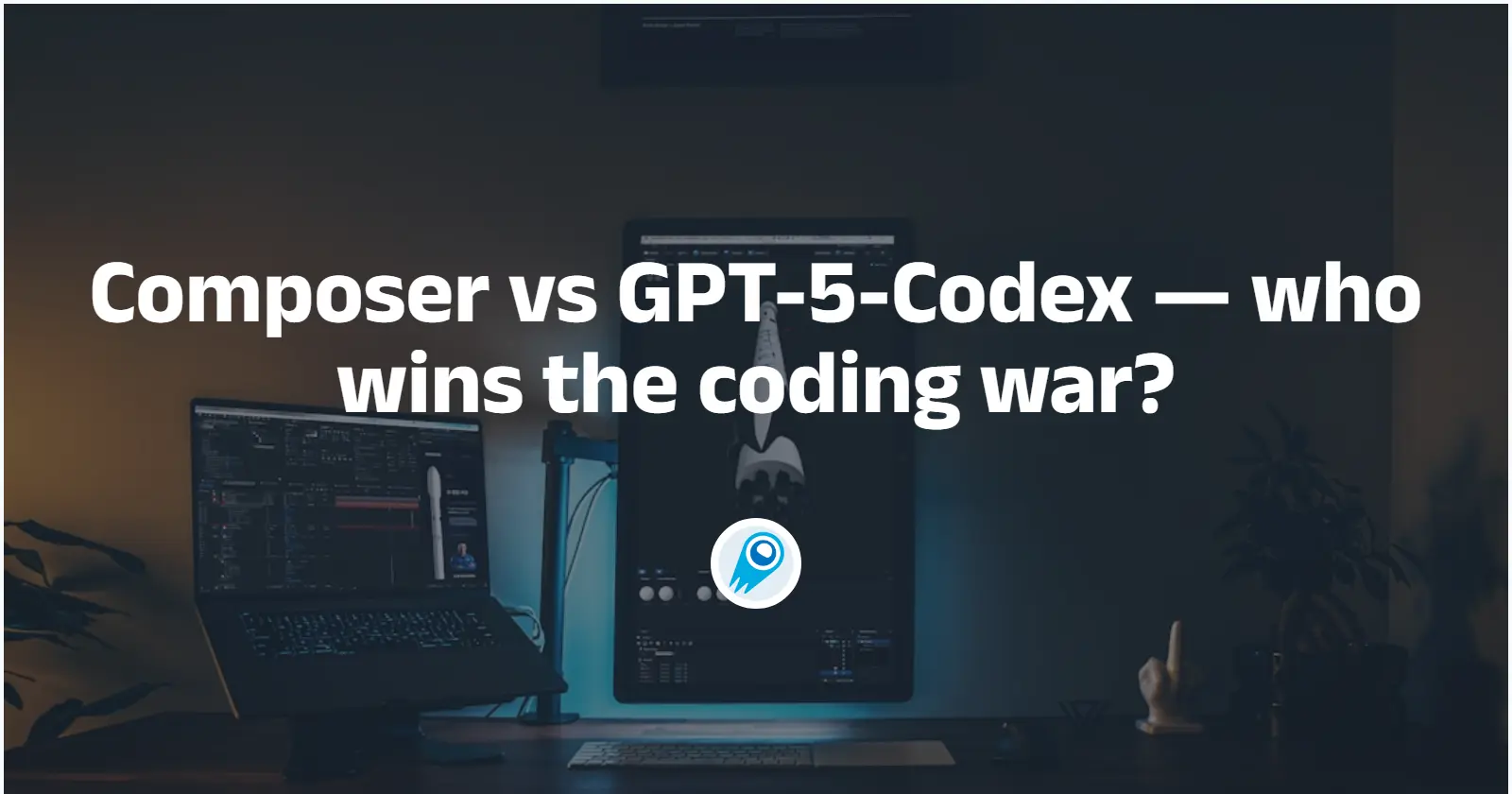
Composer vs GPT-5-Codex — who wins the coding war?
The last few months have seen a rapid escalation in agentic coding: specialist models that don’t just answer one-off prompts but plan, edit, test and […]
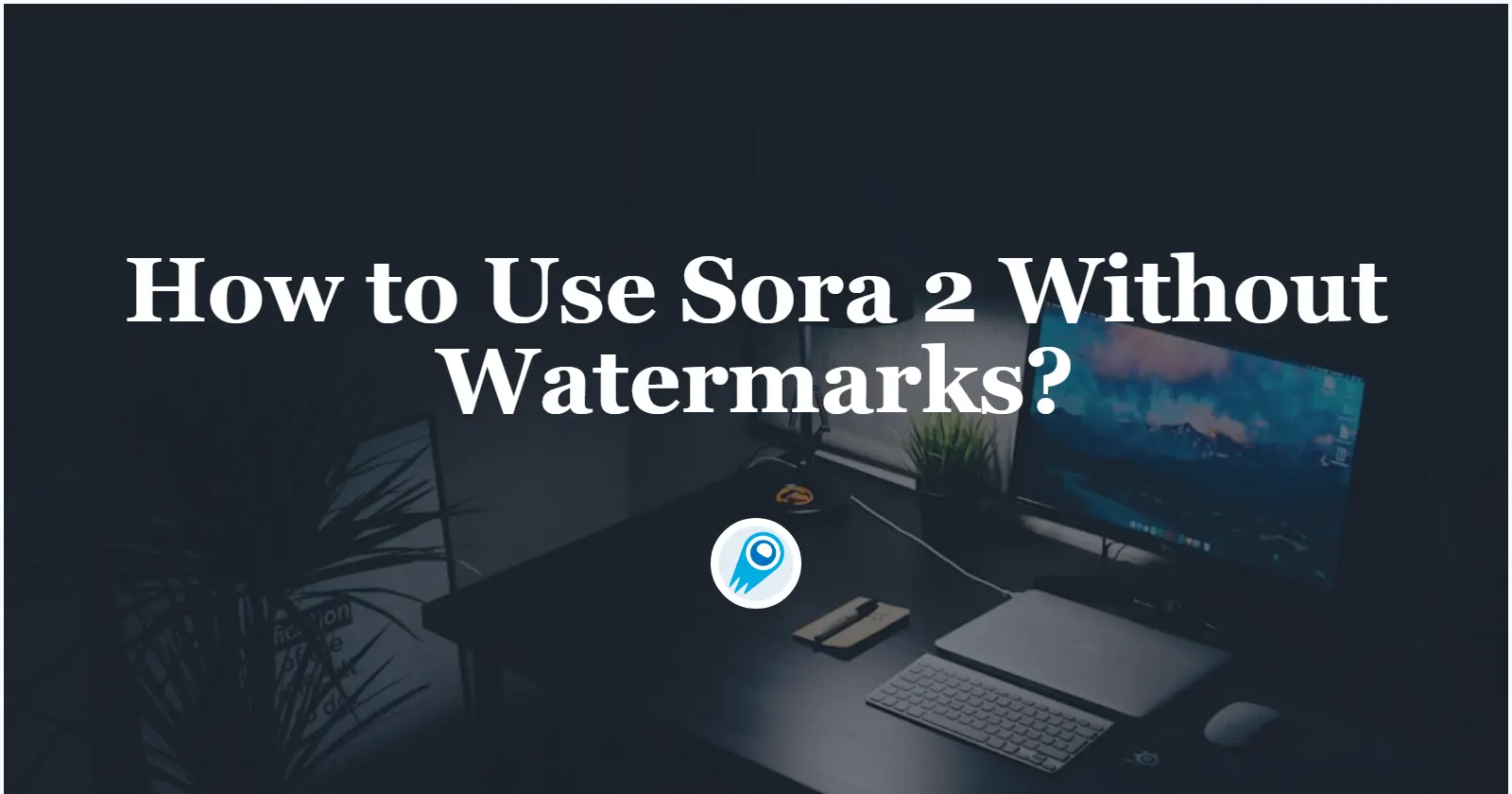
How to Use Sora 2 Without Watermarks—A Complele Guide
OpenAI’s Sora 2 — its latest video-and-audio generative model — arrived this fall as a major step forward in photorealistic video generation and synchronized audio. […]

How to Run GPT-5-Codex with Cursor AI?
Lately,OpenAI has launched a specialized version—GPT‑5‑Codex—specifically tuned for software engineering workflows via its Codex brand. Meanwhile, coding-IDE provider Cursor AI has integrated GPT-5 and GPT-5-Codex […]
